Multi-access keys
Multi-access keys differ from the dichotomous keys traditionally provided in VicFlora by giving the user the flexibility to choose any of the characters provided rather than the user having to commit to investigate the particular features being questioned in the dichotomous keys. This has the benefit of:
-
avoiding having to answer questions relating to a feature that may not be present in the sample when being identified,
-
potentially being able to identify a taxon without needing to comprehend the most technical terminology and
-
allowing the rapid identification of taxa with distinct features rarely encountered in the family
To use the key the user selects a feature from the features in the top left Features Available panel and clicks on the state present in their specimen to be identified. Once selected this feature and state will show as being selected in the Features Chosen panel directly below the Features Available panel. To undo a selection, click on the box next to the state chosen in the Features Chosen panel to erase the tick in the box. Once a feature state is chosen all the taxa that do not possess the chosen feature state are discarded in the bottom right Entities Discarded panel and those that do possess the chosen feature state are retained in the top right Entities Remaining panel. The user continues to choose further character states present in their specimen until identification is achieved. To restart the key when finished select the restart key icon represented by the two green arrows in the top left corner of the screen.
We currently have the following multi-access keys available in VicFlora:
Vascular plants
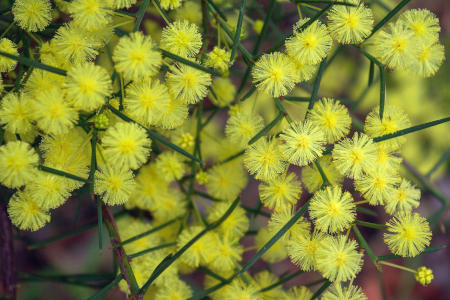
Multi-access key to the Acacia of Victoria
The multi-access key to the Acacia of Victoria is a key to all 146 taxa that are known to occur in Victoria, both native and introduced, based on the Australia-wide WATTLE key v. 2.1 (Maslin, B.R, coordinator, 2018). It contains 59 characters to help distinguish taxa from each other with, including place of occurrence, growth form, and several morphological features both vegetative and reproductive.

Multi-access key to the Asteraceae of Victoria
The multi-access key to the Asteraceae of Victoria is a key to Victoria’s largest plant family and contains all 618 Asteraceae (daisy) taxa that are known to occur in Victoria, both native and introduced. It contains 49 characters to help distinguish taxa from each other with, including place of occurrence, stature and growth form, and several morphological features both vegetative and reproductive.
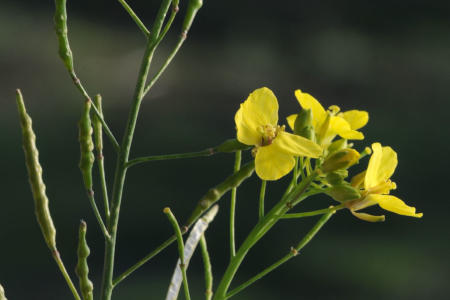
Multi-access key to the Brassicaceae of Victoria
The multi-access key to the Brassicaeae of Victoria is a key to all 107 Brassicaceae taxa that are known to occur in Victoria, both native and introduced. It contains 31 characters to help distinguish taxa from each other with, including place of occurrence, plant size, and several morphological features both vegetative and reproductive.
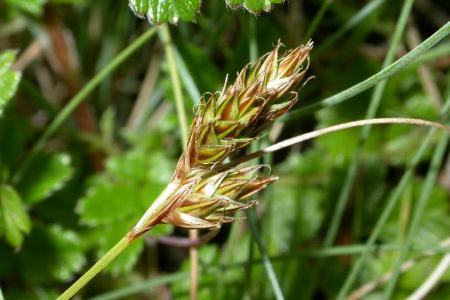
Multi-access key to the Cyperaceae of Victoria
The multi-access key to the Cyperaceae of Victoria is a key to all 205 Cyperaceae (sedge) taxa that are known to occur in Victoria, both native and introduced. It contains 18 characters to help distinguish taxa from each other with, including place of occurrence, plant size, and several morphological features both vegetative and reproductive.
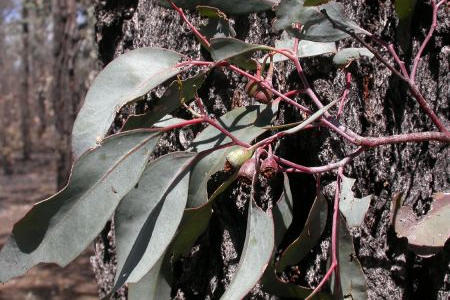
Multi-access key to the Eucalypts of Victoria
The multi-access key to the Eucalypts of Victoria is a key to one of Victoria's most conspicuous and widespread plant groups and contains all 163 Eucalypt taxa (genera Eucalyptus, Corymbia and Angophora) that are known to occur in Victoria, both native and naturalised. It is based on the previously published EUCLID key to all Australian eucalypts produced by the Centre for Plant Biodiversity Research, Canberra. It contains 81 characters to help distinguish taxa from each other with, including place and environment of occurrence, stature and growth form, and several morphological features both vegetative and reproductive.
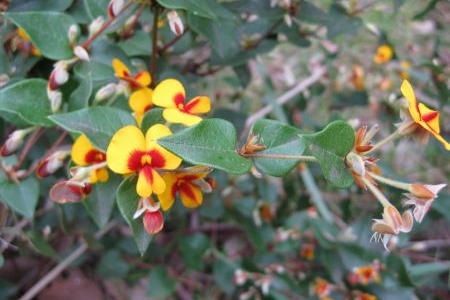
Multi-access key to the Fabaceae of Victoria (excluding Acacia)
The multi-access key to the Fabaceae of Victoria is a key to the 309 Fabaceae taxa other than Acacia that are known to occur in Victoria, both native and introduced. A separate multi-access key is provided for Acacia. It is a modified version of ‘The Pea Key’ produced by the Australian Pea-flowered Legume Research Group that is applicable only to species present in Victoria. It contains 50 characters to help distinguish taxa from each other with, including place of occurrence, plant size, and several morphological features both vegetative and reproductive.
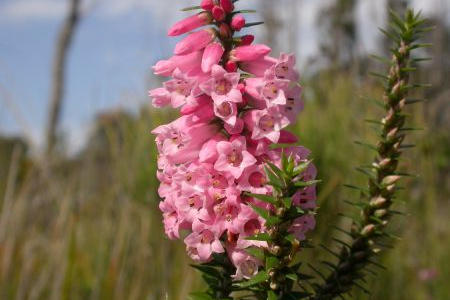
Multi-access key to the Flowering Plant Families of Victoria
The multi-access key to flowering plant families of Victoria is a starting point to identify an unknown flowering plant to family level. From the family profile page, the user can check the general family description matches their plant, look through photos of a selection of species in that family, and then use more specific keys on that page to get to genus and then species rank. This multi-access key can be used for any of the c. 4,200 native or naturalised flowering plant species in Victoria.
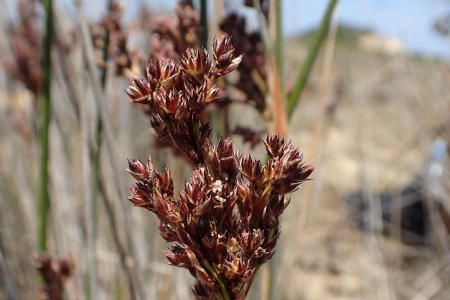
Multi-access key to the Juncaceae of Victoria
The multi-access key to the Juncaceae of Victoria is a key to all 61 Juncaceae (Rush) taxa that are known to occur in Victoria, both native and introduced. It contains 18 characters to help distinguish taxa from each other with, including place of occurrence, stature and growth form, and several morphological features both vegetative and reproductive.
Bryophytes
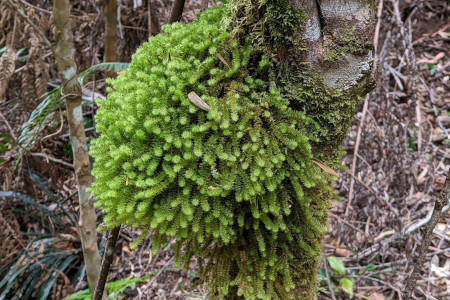
Multi-access key to the mosses of Victoria
The multi-access key to the Mosses of Victoria is a key to all 421 Moss taxa that are known to occur in Victoria, both native and introduced. This is the first ever publicly available multi-access format key for a regional moss flora. It contains 61 characters to help distinguish taxa from each other with, including place of occurrence and several morphological features both vegetative and reproductive.


